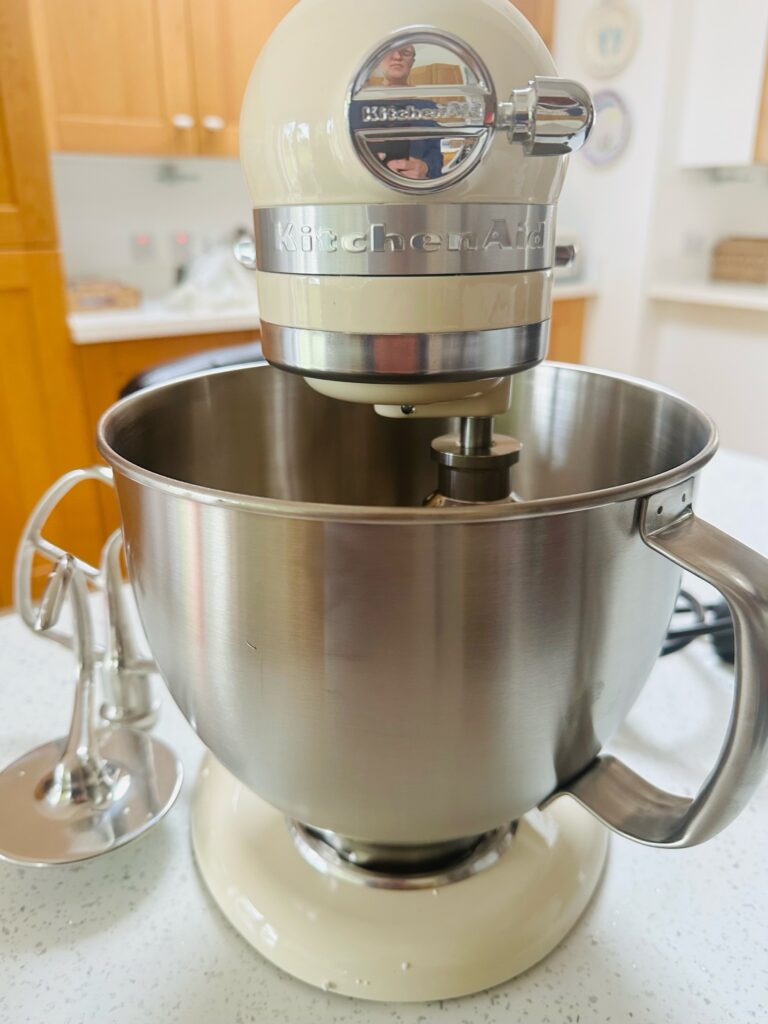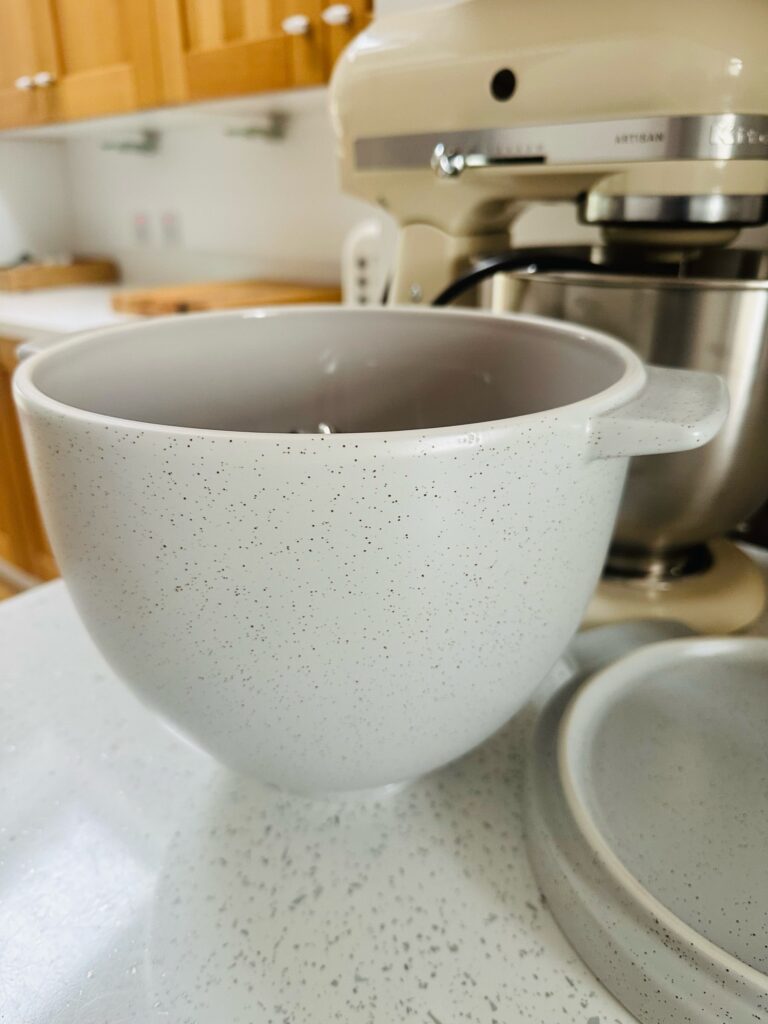
You can now find a full set of videos on my YouTube channel to take your from making your starter to your first loaves and beyond. Plus there’s videos answering all of the most frequently asked questions that I receive. You can find it all on my channel, Foodbod Sourdoogh, or use the links below.
Whatever you need, between my videos and my books, I’ve got you covered!
ALL ABOUT SOURDOUGH STARTER
To read how to make a starter (full written steps): CLICK HERE
To watch how to make a starter (full step by step video): CLICK HERE
To hear and see the answers to your Frequently Asked Questions about Starters: CLICK HERE
ALL ABOUT MAKING THE DOUGH and THE LOAVES
To read my full written master recipe: CLICK HERE
To watch my full master recipe in action: CLICK HERE
To hear and see the answers to your Frequently Asked Questions about dough and loaves: CLICK HERE
ALL ABOUT SHAPING DOUGH
Watch everything you need to know about how to shape your dough: CLICK HERE
ALL ABOUT OVER PROVING
Watch everything you need to know about what over proving is, why it happens, how to prevent it, and what to do if it does happen AND making sourdough in hot weather: CLICK HERE
ALL ABOUT USING DIFFERENT FLOURS
For Everything you need to know about using new flours or adding different flours to my master recipe: CLICK HERE
ALL ABOUT ADDING EXTRA INGREDIENTS
For Everything you need to know about adding extra ingredients and flavours to my master recipe: CLICK HERE
ALL ABOUT SANDWICH LOAVES
To watch how I make my sourdough sandwich loaves: CLICK HERE
ALL ABOUT BABY LOAVES
To watch how I make my baby master recipe loaves and my baby cube loaves: CLICK HERE
ALL ABOUT BUNDT PAN LOAVES
To watch how I make sourdough loaves in Bundt pans: CLICK HERE


























